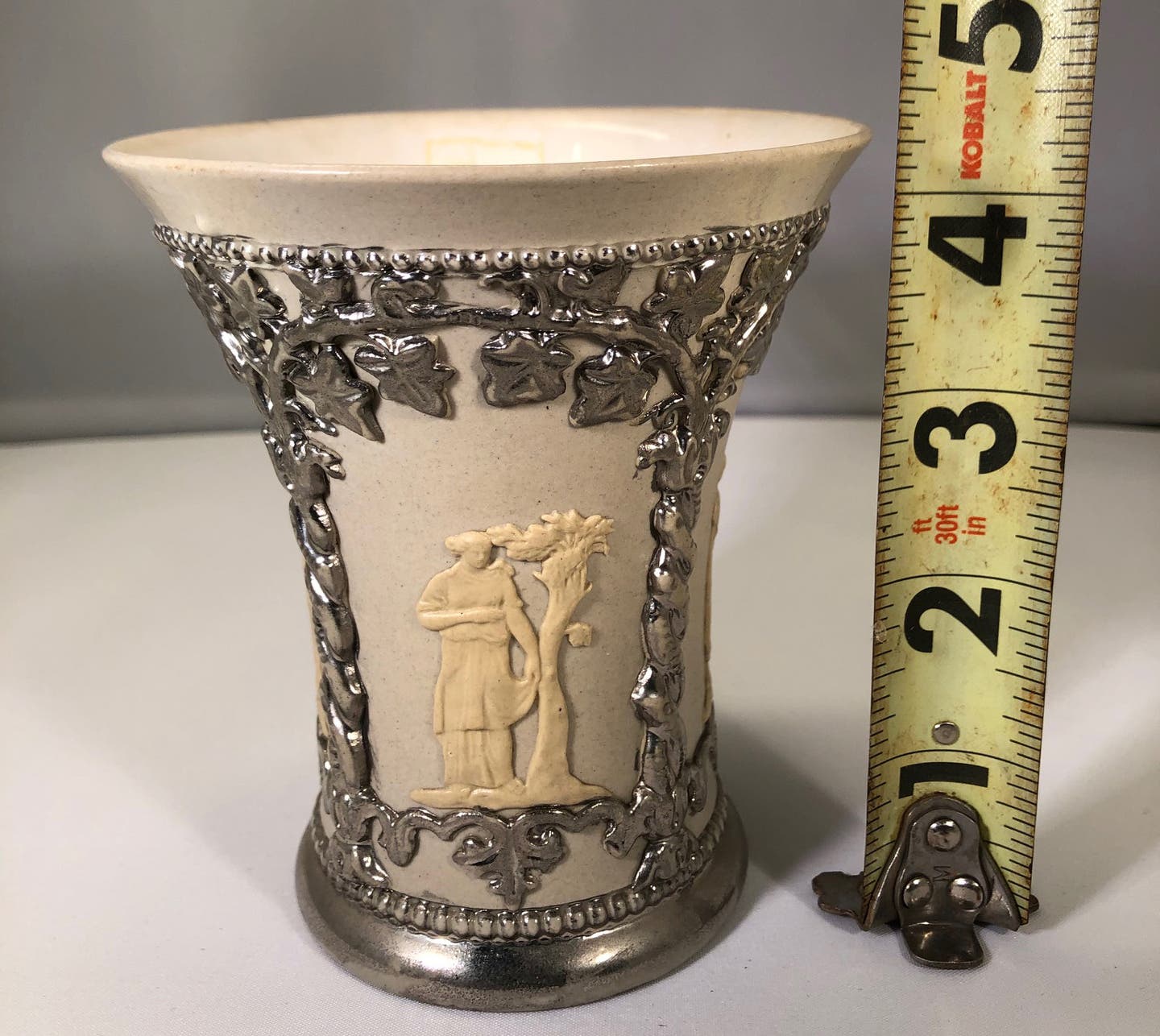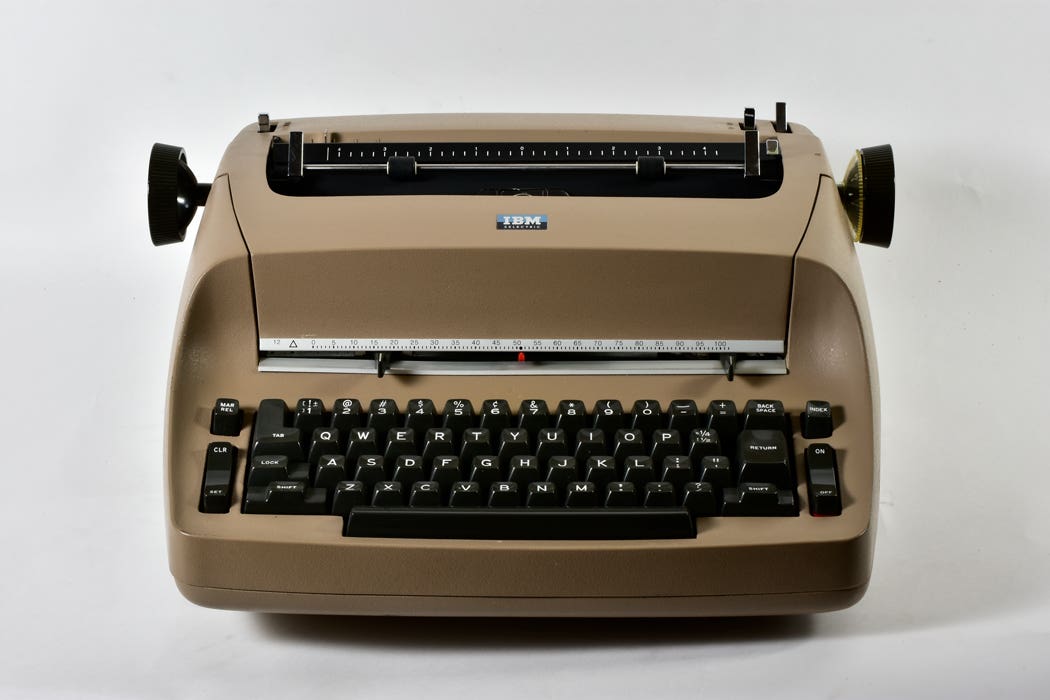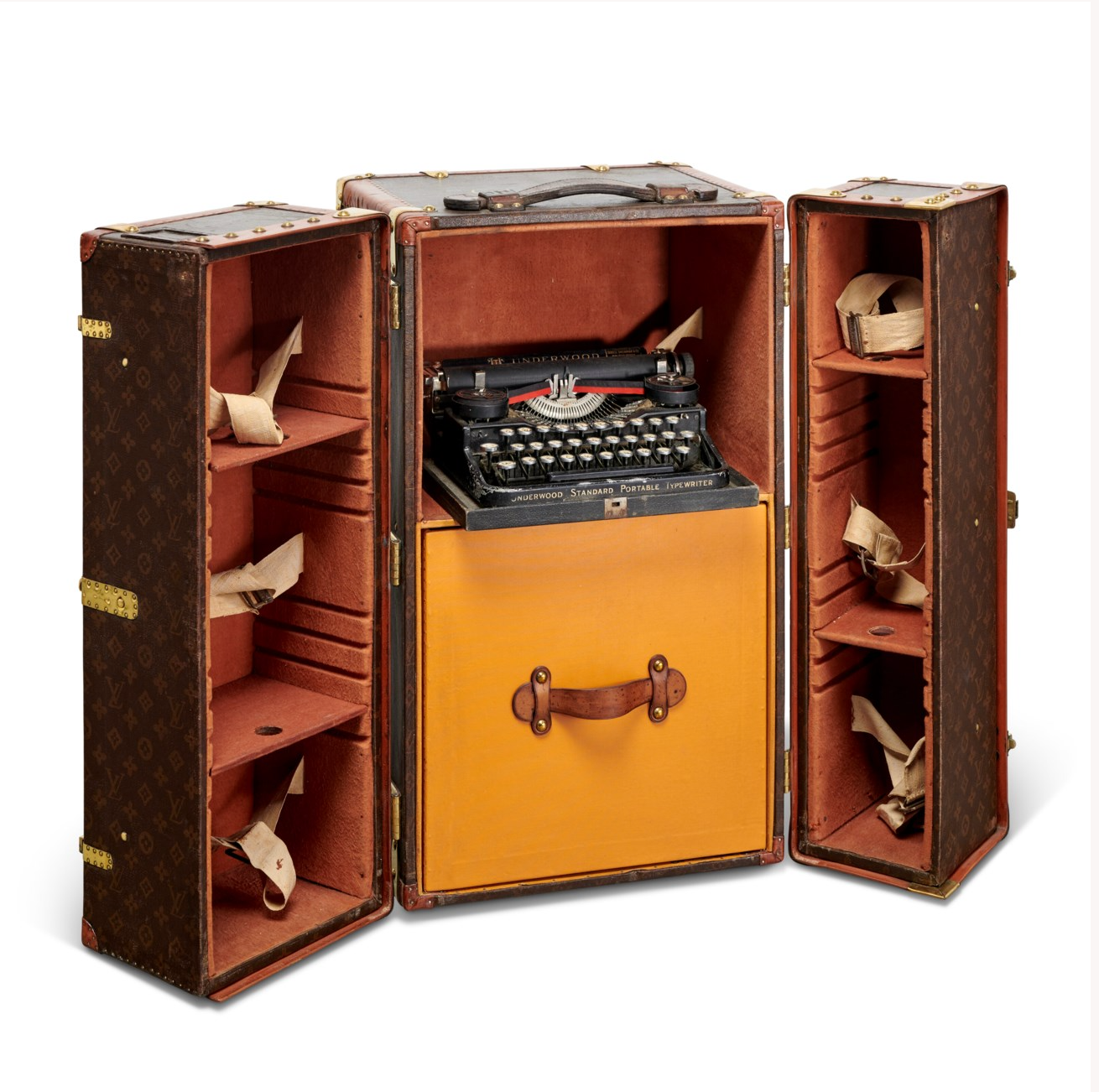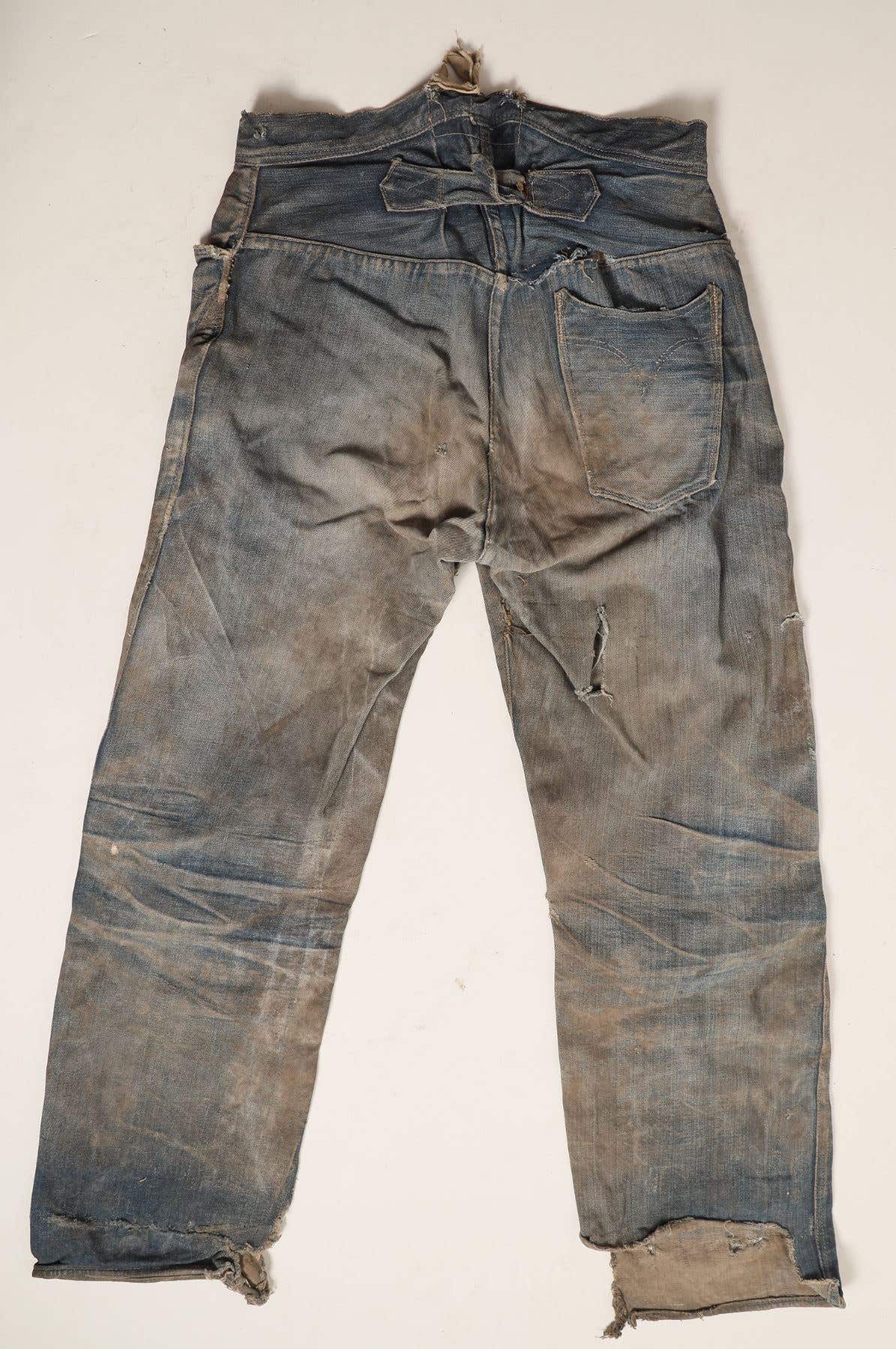Touching convinces shoppers to buy more
Touch connects us to objects in a personal way. Although it’s prudent for dealers to lock away small, high-priced items that are easy to steal, in his latest Behind the Gavel column Wayne Jordan shares research showing that customers buy more when they’re allowed to touch the goods.
In 2003, the Illinois state attorney general’s office issued a consumer warning that antique dealers should be aware of: Holiday shoppers were told to be cautious of retailers who encouraged them to hold objects and imagine them as their own while shopping. It seems that touching objects increased a consumer’s risk of buying them.
Those cagy retailers! Using shady tactics to trap unsuspecting consumers into making actual purchases is unconscionable!
Fortunately, there are retailers who show more respect for their customers by tucking merchandise safely away inside cabinets and behind “Do Not Touch” and “Please Ask for Assistance” signs. Of course, those retailers don’t sell as much, but what the heck?
Perhaps they can compensate for lower sales by turning their stores into museums and charging admission
Of course, I’m being sarcastic.
I understand why dealers put some stock under lock and key. Items that are small and expensive (like jewelry) are easy to steal and must be protected. Other objects are fragile and easily breakable. Some pieces may have been purchased and are awaiting customer pickup. Such merchandise and such customers deserve a locked cabinet and the attention of a sales associate. But research has proven – repeatedly – that customers buy more when they are allowed to touch the wares.
How accessible is your merchandise? Do you encourage customers to handle the goods, or is your store peppered with “Break It and You’ve Bought It” signs that discourage touching?
Most of us grew up with the “don’t touch” mentality hammered into our psyches. I see examples of this regularly. While in an antique store last weekend, I found myself amused by an ongoing exchange between a mother and her 9-year-old daughter: 10 minutes of mom repeating “don’t touch that” followed by the daughter touching the item with her index finger as soon as mom’s back was turned. Pity that poor mother when the girl becomes a teenager.
Locking things away from public handling is a relatively modern development. A few hundred years ago, museums and shops encouraged visitors to handle the artifacts. In “The Book of Touch”, Constance Classen tells us that in 17th century proto-museums touching was expected and encouraged. She relates: “When the underkeeper of the Ashmolean in 1760 tried to prevent a museum visitor from handling artifacts he was accused of incivility.” That sure wouldn’t be the case today, would it?
Why should we encourage our customers to “handle the merchandise”? Research has offered two primary reasons, and the case for each is compelling.
First of all, touching increases one’s perception of value. [http ://bit.ly/1Tm3C8N]
In a 2009 study jointly conducted by Joann Peck at the University of Wisconsin and Suzanne Shu at UCLA, perceived ownership and valuation were tested. Two groups of student-subjects were asked to evaluate two products: a Slinky toy and a mug. One group was allowed to touch the items, one group wasn’t. Both groups were asked to imagine that a product was actually theirs and in use in their home.
The perceived ownership evaluation listed points such as “I feel like this is my Slinky/Mug,” “I feel a very high degree of personal ownership of the Slinky/Mug,” and “I feel like I own this Slinky/Mug,” each on a seven-point scale anchored by endpoints “strongly disagree” and “strongly agree.”
For the valuation study, subjects were asked to assign a value up to $6 for the Slinky and $9 for the mug (in 25-cent increments).
The results?
“Overall, it was found that for buyers, where actual ownership was absent, object touch led to greater perceived ownership ... which in turn led to higher valuation of the object. In addition, perceived ownership and valuation of an object were both increased by having buyers use ownership imagery.”
The retailer take-away: Researchers Peck and Shu may have been onto something when they asked their research subjects to “imagine taking the product home with you. Where would you keep it? What would you do with it?” Such questions (and others you might come up with) imply ownership and assist customers in making a buying decision.
Secondly, touching increases impulse buying [http://bit.ly/23YqhwQ].
This study, too, was conducted by Joann Peck, this time assisted by Terry L. Childers. The venue was a Midwestern supermarket, and the procedure was to place a 2-by-2-foot sign reading “Feel the Freshness” over a bin of fresh peaches or nectarines. As a control, the experiment was run a second time without the sign.
As with the first study cited above, a three-statement survey was filled out by the participants. The first item stated, “My decision to buy some type of fruit today was – –.” The second item stated, “My decision to buy peaches/nectarines today was – –.” And the third item stated, “My decision to buy the exact number of peaches/nectarines that I ended up purchasing was – –.” All three items had a scale ranging from zero to 4, with zero being “completely planned” to 4 being “completely unplanned.”
I’m sure you can predict the findings: customers who touched, bought peaches; even those who hadn’t planned to make such a purchase when they entered the store. Says the abstract: “In particular, a point-of-purchase sign encouraging touch exploration may increase the salience of touch information motivating individuals to touch and impulsively purchase the displayed product.”
The retailer take-away: If touching an item won’t hurt it, then put up a sign encouraging customers to touch it. Doing so can only help your sales.
Let me close with a dialogue from the movie “Star Trek: First Contact” as quoted by Joann Peck in her study:
Captain Jean-Luc Picard: It’s a boyhood fantasy. . . I must have seen this ship hundreds of times in the Smithsonian but I was never able to touch it.
Lieutenant Commander Data (an Android, or artificial human, for non-fans): Sir, does tactile contact alter your perception?
Captain Jean-Luc Picard: Oh, yes! For humans, touch can connect you to an object in a very personal way.
Indeed, touch connects us to objects in a very personal way. Retailers who understand that have a merchandising edge over those who don’t.
[relatedPosts]
Longtime columnist, writer, and author, Wayne Jordan is an antiques and collectibles expert, retired antique furniture and piano restorer, musician, shop owner, auctioneer, and appraiser. His passions are traveling and storytelling. He blogs at antiquestourism.com and brandbackstory.com.








